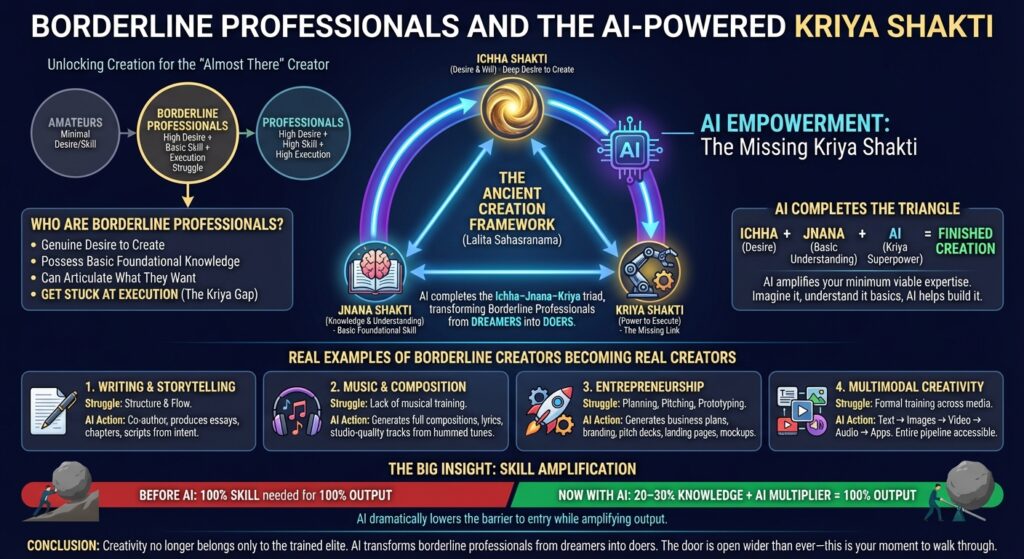In an era of rapid technological advancement, Go-To-Market (GTM) strategy has become more complex and strategically important than ever. The rise of AI is not just creating new tools; it’s forcing a fundamental re-architecture of how companies find, win, and retain customers. To navigate this new landscape, leaders are looking for proven, practical insights.
Jean Grosser is one of the world’s most respected GTM leaders. As COO at Vercel and the former Chief Product Officer at Stripe, where she built their early sales team from the ground up, she has a unique vantage point on what works. This article distills five principles from her recent conversation on Lenny’s Podcast that form the foundation of a new GTM playbook—one where AI-driven leverage and human-centered experience are not competing forces, but two sides of the same coin.
1. The “Go-To-Market Engineer” is Here, and They Have 10x Leverage
A new, high-leverage role is emerging that combines deep technical prowess with a GTM mindset: the Go-To-Market Engineer. This role is responsible for using AI and code to re-architect core GTM workflows, unlocking massive efficiency gains.
At Vercel, this is not a theoretical concept. The company’s first GTM engineers were drawn from its technical sales team—former front-end developers who had transitioned into sales engineering. One of these engineers, spending only about 30% of their time over six weeks, built an AI “lead agent.” The results were immediate and profound: the agent enabled one Sales Development Representative (SDR) to do the work of ten. The company reduced its inbound team from 10 people to a single person who now functions as a quality assurance manager for the AI agent. The ROI is staggering: an annual cost of $1,000 to run the agent, replacing over a million dollars in salary—a 99%+ reduction in cost.
This case study demonstrates not only the incredible leverage AI offers, but also the speed at which it can be deployed to solve core GTM challenges.
“before we did that move I mean the other thing that’s just incredible about this is the person who built the lead agent was a single GTM engineer he spent maybe 25 30% on his time of his time on this uh it was 6 weeks before we felt confident going from 10 to one so it wasn’t like this was a multi-quarter process it actually moved super quickly”
2. Think of Go-To-Market as a Product
As technical differentiation between products narrows, the experience of being sold to is becoming a primary factor that drives buying decisions. Grosser argues that the most effective GTM strategies are designed like a product, focusing on creating a customer journey filled with unique, human, and personalized experiences rather than flat, transactional interactions.
Grosser’s time at Stripe provides a masterclass in this product-led GTM approach. Instead of running a typical “discovery” call where a salesperson quizzes the potential customer, the first meeting was designed as a collaborative whiteboarding session. The customer would be invited to draw their payments architecture. This simple shift provided Stripe with deep insights, but more importantly, the customer left the very first meeting with a valuable, tangible asset they co-created—an architectural diagram they often hadn’t created themselves.
This approach transforms the sales process from an extractive one (getting information) to a value-creating one at every single touchpoint.
“we buy a lot of things because of how we feel about them… the experience that you have of being sold to will increasingly actually differentiate a company and drive buying decisions if products are only different at the margin”
3. Your Customers Are Buying to Reduce Risk, Not Just to Gain Upside
A common mistake, especially for founders, is to get excited about selling the “art of the possible”—the grand future vision of what their product can enable. While this message resonates with other founders and visionaries, it’s not what drives most buying decisions. Grosser shared a counter-intuitive but critical statistic: “80% of customers buy to avoid pain or reduce risk as opposed to… increase upside.”
Enterprise customers, in particular, are motivated by de-risking their operations. They are trying to avoid the pain of missing revenue targets, being outcompeted, or suffering brand damage. A sales message focused on providing certainty and mitigating these risks is often far more powerful than one focused on potential future gains.
This psychological insight is a direct challenge to the visionary founder’s default pitch and a crucial reminder of what truly motivates the enterprise buyer.
“80% of customers buy to avoid pain or reduce risk as opposed to increase upside which is a good thing for startup founders to understand we all love to talk about the art of the possible… but that’s often really a sale that’s going to resonate with another founder”
4. AI Can Tell You Why You’re Really Losing Deals
Human perception is often flawed, especially when it comes to understanding why a deal was lost. Vercel’s internal “Dealbot” provides a powerful case study in using AI to find the ground truth. This custom agent analyzes Gong transcripts, emails, and Slack messages to deconstruct sales opportunities.
In one powerful example, an account executive reported that a major deal was lost on price. After the Dealbot analyzed all communications, however, it came to a different conclusion. The AI determined the real reason was an “inability to demonstrate value.” It found that the salesperson never truly connected with the economic buyer and, crucially, that “when you talked to somebody about ROI and total cost of ownership it was clear from their reaction that they didn’t really buy your math.” The insight shifted from a generic excuse to a highly actionable critique: our ROI models are not credible. The tool has since evolved from a retrospective “Lostbot” to a real-time “Dealbot” that feeds insights into Slack channels, helping reps course-correct mid-process.
This highlights a critical truth: human perception is biased, but data-driven AI can provide the objective feedback needed to debug a failing sales process.
“the biggest loss that quarter uh according to the account executive was lost on price and when you ran the agent over every Slack interaction every email every gong call it said actually you lost because you never really got in touch with economic buyer… so really the reason we lost was an inability to demonstrate value”
5. The Calculus on Build vs. Buy for GTM Tooling Is Changing
The key learning from Vercel’s experience building powerful internal AI agents is that it’s “not that hard” and “not that expensive.” This insight challenges the traditional “buy over build” mentality for GTM software.
The evidence is compelling: the initial “Lostbot” was created in just two days, and the more complex “Lead Agent” took one person only six weeks of part-time work. Grosser believes the real value—the “alpha”—lies in building your own agents. The reason is that your company’s “own esoteric context, your content, your workflow is really key to unlocking the power of the agent.” Custom-built tools can be precisely tailored to your unique data and processes in a way that off-the-shelf software cannot.
This approach signals a potential sea change in how companies source GTM technology, prioritizing bespoke advantage over off-the-shelf convenience.
“I think one of our learnings is that it’s not that hard to build these agents and they aren’t that expensive either… I think there’s real value in experimenting with your own internal agent development… because you may find that it’s meaningfully easier than you think and you get returns pretty quickly”
Conclusion
The principles of Go-To-Market are undergoing a paradigm shift. The five takeaways from Jean Grosser are not isolated tactics but interconnected pillars of a new, cohesive strategy. It creates a powerful feedback loop: the GTM Engineer (1) builds custom AI tools (5) that surface objective truths humans miss (4). This frees up the team’s capacity to move beyond transactional sales and instead design memorable, value-added experiences (2) that provide the certainty and risk reduction modern customers crave (3).
This new model is defined by the intelligent application of AI, a product-centric approach to the customer journey, and a deep understanding of the psychology that drives modern buyers. It leaves us with a critical question to consider: As AI agents become increasingly capable co-workers on our sales teams, what uniquely human skills will become the most valuable differentiators in the future of Go-To-Market?
Reference: Lenny’s Podcast–>https://www.youtube.com/watch?v=RmnWHz8HD74



